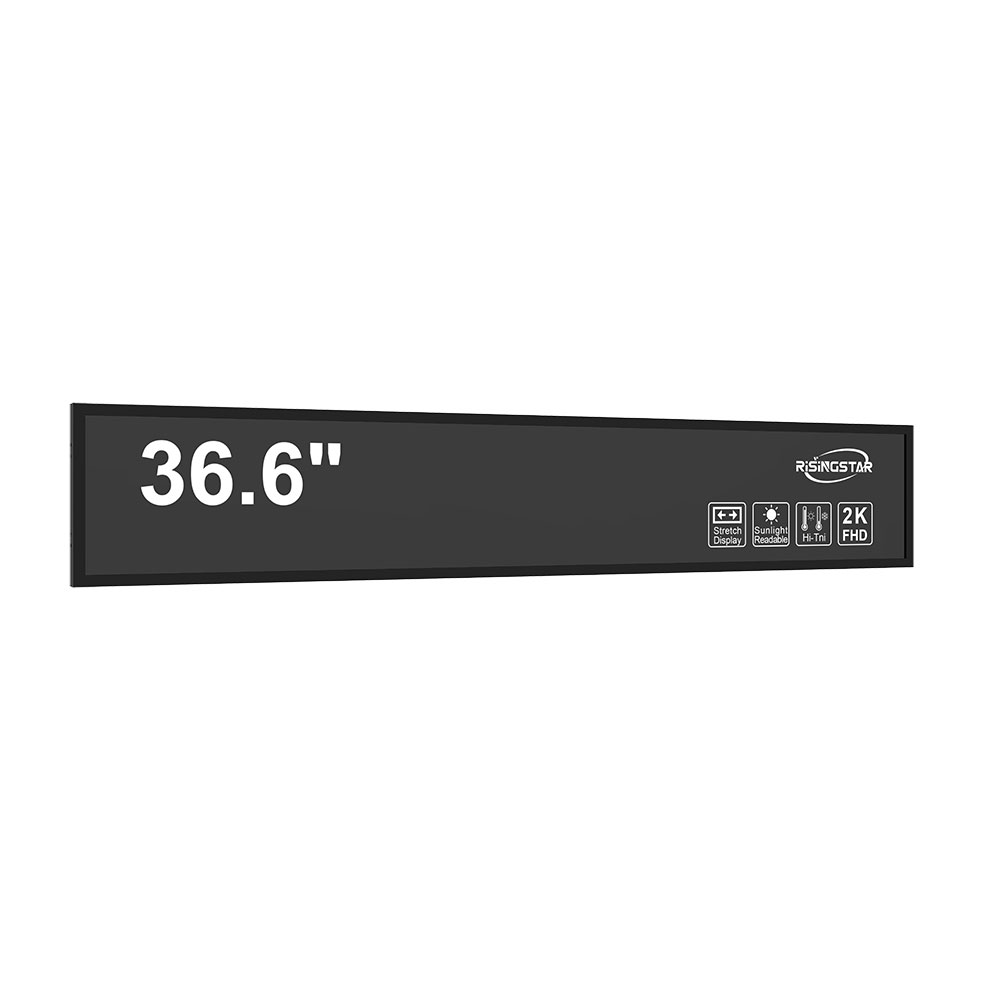- Home
- About Us
- Products
- News
- Video
- Contact
- Send Inquiry
Search
- Home
- About Us
- Products
- News
- Video
- Contact
- Send Inquiry

When selecting an outdoor LCD screen for high-visibility applications such as digital signage, traffic information displays, or public event monitoring, several critical technical and environmental factors must be evaluated. First and foremost is brightness, typically measured in nits. For full daylight visibility, a minimum of 5,000 nits is recommended—this aligns with industry standards like the IEC 62341 for outdoor display luminance. Screens rated below this level may become unreadable under direct sunlight, especially during peak hours.
Another essential parameter is contrast ratio. A high contrast ratio (ideally 4,000:1 or higher) ensures that text and images remain sharp and legible against bright backgrounds. This is particularly crucial in environments where ambient light fluctuates, such as urban plazas or highway rest areas. Additionally, viewing angle matters—wider angles (178° horizontal and vertical) improve accessibility from multiple positions, which is vital for public-facing installations.
Environmental durability is equally important. Look for screens with an IP65 or higher rating for dust and water resistance, especially if installed in coastal, rainy, or industrial zones. In extreme climates, thermal management becomes critical—industrial-grade outdoor LCDs often include active cooling systems or heat dissipation mechanisms that comply with the MIL-STD-810G standard for ruggedized electronics.
LED backlighting technology has largely replaced older CCFL models due to superior energy efficiency, longer lifespan (up to 100,000 hours), and better color consistency. For permanent installations, consider whether the screen supports remote diagnostics via IP-based control protocols like SNMP or BACnet—this simplifies maintenance in large-scale deployments across cities or campuses.

Real-world case studies show that poorly chosen screens fail within 12–18 months due to overheating, brightness degradation, or moisture ingress. Conversely, professionally engineered outdoor LCDs used in Singapore’s Smart Nation Initiative have sustained 99.8% uptime over five years—proof that upfront investment in quality pays off in long-term reliability and user engagement.
In summary, selecting the right outdoor LCD screen isn’t just about specs—it’s about matching the product to the environment, application demands, and operational lifecycle. Always consult certified manufacturers who provide compliance documentation (CE, FCC, RoHS) and real-world performance data—not just marketing claims.